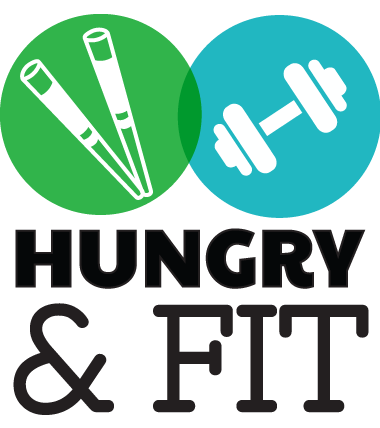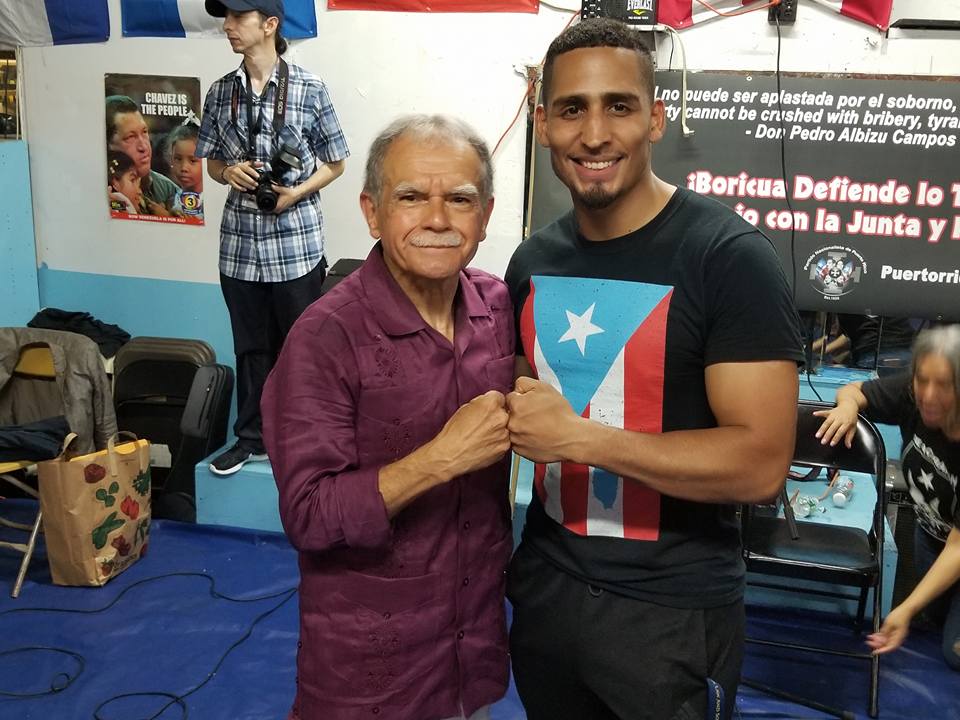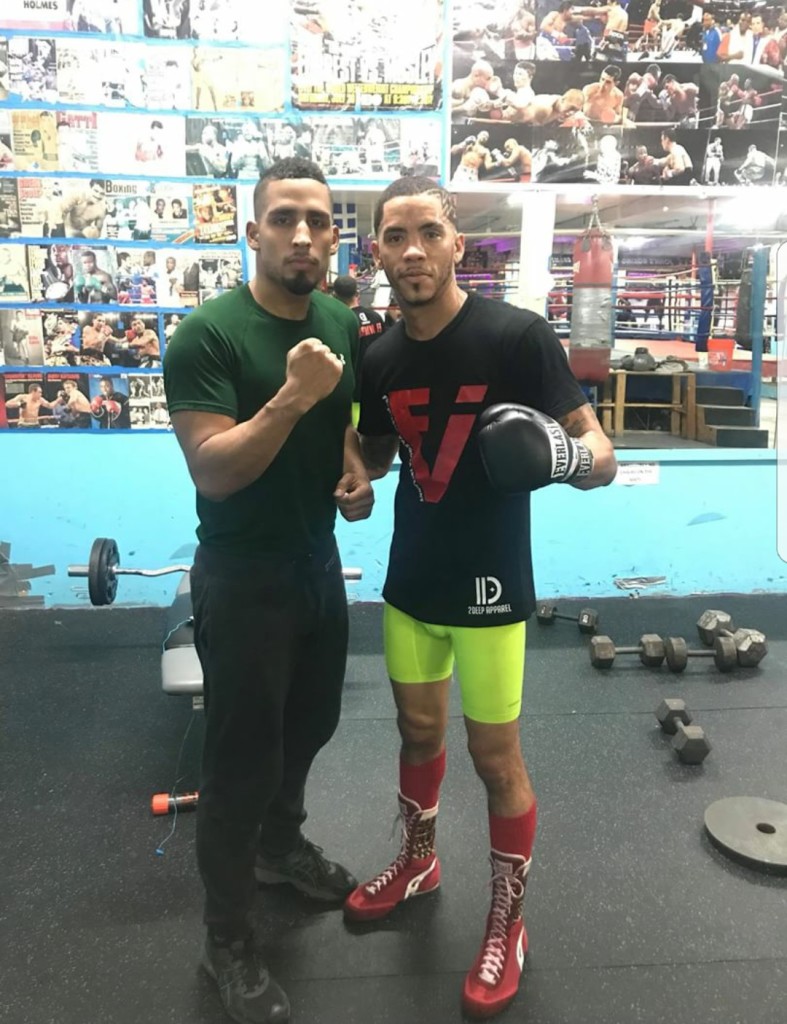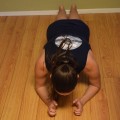Jose James Hyland is an amateur boxer with a college degree, multiple certifications and years of experience as a personal trainer. He has worked with dozens of paraplegic and quadriplegic through the AXIS Project, helping them find their own form of fitness through boxing, with him as their coach. For those of you that aren’t working with a coach, but have practiced enough to no longer be considered a beginner, here are some more advanced tips to improve your technique. Essentially, if you’re just starting and don’t have the knack for boxing yet, you shouldn’t burden yourself with these more advanced ideas.
(Also, please remember that an amateur boxer has more experience than an expert. By that, I mean, an expert in the gym with no fight experience, hasn’t competed at the level of an amateur boxer. It takes a lot of time and effort to become an amateur. Unless you’ve been registered, fought in the ring with a referee, and even seen your face on an official poster for the card of a legitimate organization, you are not an amateur boxer.)
You can check out more tips from Jose at Flexing Fitness but until then, enjoy!
This doesn’t apply to anyone who doesn’t have hands. The two most common power punches used for knockouts are the right cross and the left hook. Straight rights CAN work but they don’t turn the head and don’t generate as much force. Uppercuts also CAN work but they require more skill to throw/land and also leave the puncher vulnerable to counter hooks.
1. Keep both feet planted on the ground.
In boxing, the MIDDLE position has your weight about 60% on the front leg and 40% on the back leg. It can also be 55/45. And the weight will shift subtly from foot to foot as you throw punches although it’s ideal to stay in your MIDDLE position.
Proper stance: Your front foot is angled around 15 degrees, sitting flat on the ground. Your back foot is angled around 45 degrees, with the back heel lifted. Both are hands are relaxed and raised enough to cover your chin but not your eyes. Elbows down, palms facing you, shoulders relaxed. Left hand about 6-12 inches in front of your chin, right hand by your cheekbone.
2. Rotate your feet, hips, and torso.
If you’re throwing a Right Cross – leave your front foot flat and pivot your back foot 45 degrees (WHILE KEEPING WEIGHT ON IT). As your back foot pivots, your hips will rotate slightly while your torso rotates a little more. Make sure your body weight drills your right leg into the ground. Many fighters make the mistake of straightening the right leg which pops your hip up, making you lose balance and power.
If you’re throwing a Left Hook – your right heel will sit down flat on the ground while your left foot pivots. And as the front foot pivots, your hips and torso will also rotate slightly to the right. Avoid the mistake of over-swinging your torso during the left hook…most of the “swinging movement” you see is actually in the arms and not so much the torso.
3. Extend (or Swing) the elbow.
Right Cross – lift and extend the right elbow as you launch your fist forwards. It helps to imagine that the elbow is slightly curving more into the lift first and THEN going forwards. Some fighters like to imagine the elbow extending forwards right away but this isn’t as practical as the elbow takes longer to reach the supported (“lifted”) position and doesn’t give your punch leverage until the very end.
Left Hook – lift and swing the left elbow across your body as if the elbow is part of your glove. Many fighters don’t lift the left elbow high enough and this decreases leverage (and power) from the hook. It’s important to note that you’re lifting the elbow and swinging your entire torso 15% and the arm 35%. Why does this add up to only 50%? It’s because I want you to visualize that the hook doesn’t swing all the across your full range of motion. It only swings across half way (chest midpoint), and the swing is expressed powerfully through a small “twitch” movement in the torso and then a little bit of swing in the arm. Imagine that your fist and elbow are reinforced as one solid unit during the left hook.
4. Unified exhalation and fist squeeze.
Your whole body (especially the hands) start out relaxed before the punch.
Right as you throw the punch, you make a tight exhalation sound right at the moment you punch. Some will even clarify that you make the exhalation sound right and whole your body (and punching hand) contracts right when the punch lands to solidify your entire body into the shot.












